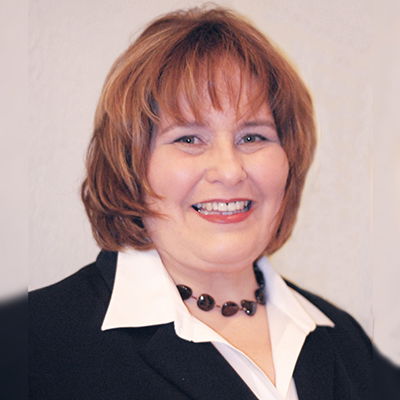Agenda: - Software used as part of the manufacturing process (including software embedded in machine tools, statistical process control software, programmable logic controllers [PLCs], and software in automated inspection or test systems).
- Software used in process validation (such as statistical calculation software, spreadsheets, etc.).
- Software used in design and development processes (such as CAD software, CAM software, software development tools, software test tools, compilers, editors, code generators, etc.).
- Software used to automate part of the quality process (such as complaint-handling systems, lot-tracking systems, training-database systems, etc.).
- Software used to create, transmit, modify, or store electronic records that are required by regulation.
- Software used to implement electronic signatures for documents required by regulation.
TOPIC 5Medical Device Cybersecurity and FDA Compliance Speaker: Carolyn Troiano Speaker: Carolyn Troiano
Duration: 210 Minutes
Agenda: - Session 1:
- Cybersecurity and guidance on device software
Session 2: - Most common problems faced by the industry in terms of medical device security, efficacy, and safety
Session 3: - Best practices and industry standards to meet the challenges of cybersecurity and other threats to devices and software
| Agenda:
Lecture 1: - Why is having an IEC62304 Compliant Software Quality System important to both developing your software for 510K approval and how you can be putting your company at risk post-approval if you do not have a compliant system in place
- What is IEC62304 and how does it differ from other Compliance Standards such as ISO13485
- What are the elements that constitute an IEC62304 Compliant System?
- Benefits of developing to an IEC62304 standard
- What are the components of the Software Lifecycle
- What are the major Software Work Products developed to the standard?
- How it fits in with a Company’s Standard Quality Process
- What are the legal consequences for the company with the submittal if the company does not adhere to the Guidance
Lecture 2: - One of the most common reasons that a Software Enabled Medical Device is denied a 510K is because the Guidance has not been followed
- What are the potential audit consequences if the Company does not have an IEC62304 Compliance Quality System in place
- Understand the regulatory need for IEC 62304 Guidance as it relates to submitting a 510K for Software Enabled Medical Devices
- What constitutes compliance with the Standard
- What areas does the Guidance Address
- What are the legal consequences for the company with the submittal if the company does not adhere to the Guidance
Lecture 3: - Review of Lean Documents and Lean Configuration concepts
- Software Validation:
- Software configuration
- General setup
- Organization
- User Management
- Rights Groups, Roles, and Actors
- Products
- Processes
- Failure Modes, Process Signals, Tasks
- Screens, menus, and modules
- Process validation steps
- Bringing them all together
|




 Speaker: Carolyn Troiano
Speaker: Carolyn Troiano